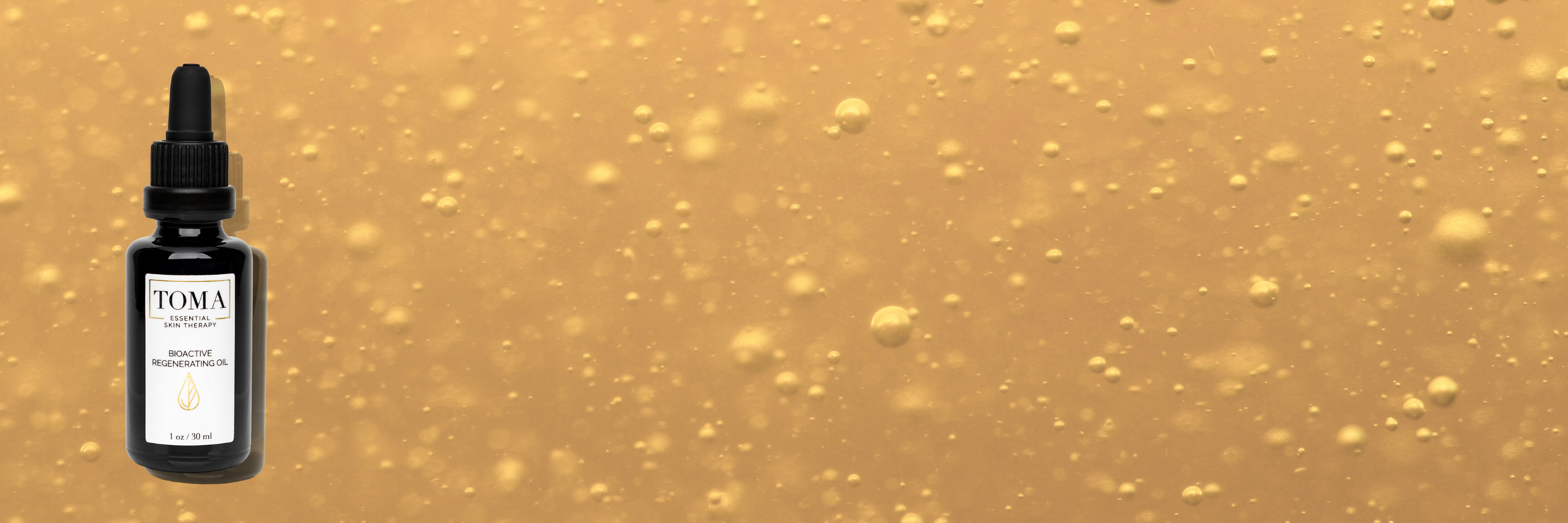The central tenets of Traditional Chinese Medicine (TCM) tell us that in order to achieve harmony within ourselves, we need to live harmoniously with the seasons. Winter is the season of yin, a reflective energy that thrives on slowness and restoration. The colder, darker days of winter encourage us to turn inward and replenish our energy so that we can flourish with the energetic yang energy of spring. Here’s what you need to know about the winter season and self-care steps you can take to stay happy and healthy all season long.
TCM: The Winter Season
In TCM, the winter season is ruled by the water element, which makes up over 60% of our bodies and is one of our most vital life sources. The water element also rules the kidneys and bladder, two organs that are responsible for storing qi and supplying it to the rest of our body. Low temperatures and dry air can deplete the body of water and fill it with too much cold energy, which can disrupt qi flow and cause an array of physical symptoms like fatigue and illness. Self-care habits that nourish the water element and strengthen the kidneys and bladder can help restore balance in the body.
Rest Up
While the rest of nature hibernates during the winter season, this time of year is usually filled with holiday parties, gift shopping and travel--causing us to expend energy that we really should be conserving instead. Take a cue from nature and tune into what your body needs: it’s okay to duck out early at the office party or say no to a family obligation that might be draining. Now is also the time to fall asleep earlier, and stay asleep longer. Conserving energy during the winter months will not only help you stay healthy during the season, but prepare your body to exert needed energy once spring arrives.
Eat Warming Meals
Colder, winter weather can deplete the body of warmth and vital energy, throwing our qi off balance. Focus on ingredients and cooking practices that nourish the kidneys and support the water element. Cut back on raw, cooling foods and instead fuel your body with warm, cooked stews and soups filled with whole grains, winter greens, beans and root vegetables. Season with replenishing spices like garlic, ginger and turmeric.
Restore and Reflect
Take this time to adopt practices that help tune your energy inwards. Meditation, journaling or even taking a few quiet minutes to read a book can help restore a sense of stillness that the winter season demands. The frenetic energy of social media may be especially unhelpful during this time: see what it’s like to spend a few days without scrolling.
Avoid Cold Drinks
Before you reach for a glass of ice water, consider that winter can deplete our bodies of inner warmth. Instead, sip room temperature water or herbal teas infused with warming herbs like cinnamon or ginger. Better yet, add a few dried goji berries to your tea--these antioxidant-packed fruits are used in TCM to tonify and warm the kidneys.
Add Moisture
Cool, dry air depletes our water sources, leaving everything drier, including our skin. Support the water element by drinking enough water during the day and focusing on a skincare ritual that adds moisture to the skin. Trade in your lightweight moisturizer for a more replenishing option like our Sensing Repair Cream and follow with a nourishing oil like our Bioactive Regenerating Oil to lock in moisture and prevent water loss.
Warming Winter Kitchari
Eaten across South Asia, kitchari is a comforting porridge of lentils, grains and vegetables seasoned with warming spices that are perfect for nourishing the body through winter.
Ingredients:
- ½ cup yellow lentils (moong dal), rinsed
- ½ cup long grain rice, rinsed
- 2 tablespoons ghee or coconut oil
- 1 yellow onion, chopped
- 1 large carrot, grated
- 2 cloves garlic, minced
- 1 tablespoon fresh ginger, grated
- 2 teaspoons cumin seeds
- 1 teaspoon ground turmeric
- 2 small tomatoes, chopped
- 5 cups water or vegetable broth
- Salt and pepper to taste
- Cilantro or yogurt for serving, optional
Directions:
While you chop your vegetables, soak the lentils and brown rice together in a bowl of water. Heat the ghee in a large pot over medium and add the onion and carrot. Cook until the onion is translucent, about 5 minutes. Add the garlic, ginger, cumin seeds and turmeric and continue to cook for another 2-3 minutes until fragrant. Add the tomatoes and cook until softened. Season generously with salt and pepper.
Drain the lentils and brown rice and add them to the pot with the water or vegetable broth. Cook for about 45 minutes, stirring regularly until the lentils and rice are very soft. Add more water or broth as necessary if the mixture begins to stick to the pot or become too thick. Serve with fresh cilantro and/or salted yogurt on top.



